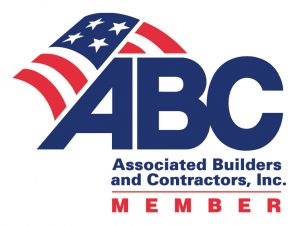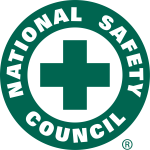Three Safety Considerations for Warehouse and Shipping Facilities
No business owner or facilities manager wants to have an employee seriously injured or killed on the job, and no employee deserves to be seriously injured or killed while simply trying to earn a paycheck for his or her family. The truth of the matter, however, is that accidents do happen and sadly, many of them are avoidable. Title 29 USC 654, Section 5, also known as the OSH Act of 1970, has 2 very important paragraphs for employers to take note of. Paragraph A states that each employer shall provide a place of employment free of known, recognizable hazards that are likely to cause serious injury or death and follow the rules established by OSHA. Paragraph B places responsibility on employees to follow these rules.
General Hazards
According to the US Bureau of Labor Statistics, manufacturing leads in serious injuries and deaths. Business owners and managers need to take a serious look at their facilities for potential hazards and either remove these hazards, or train and equip their personnel to reduce their exposure to these hazards as much as possible. Some examples of hazards in the workplace that contribute to accidents are: Overhead hazards such as light fixtures, piping and heaters. Blind corners and intersections, objects and debris on the floors, aisles blocked or congested, pedestrian and vehicular traffic, ramps, inclines, loading docks, inadequate lighting, racking and shelving, high tiered stacking, unstable loads being transported, industrial battery storage areas, chemical storage areas, and wet, slippery walking/driving surfaces.
Forklifts
Forklifts and other powered industrial lift trucks are often used in such facilities and improper use can damage equipment and cause serious injury or death to the operators as well as to the people working in close proximity to the lift equipment. A 2007 study by the National Institute of Occupational Safety and Health (NIOSH) shows that although approximately 25% of forklift related fatalities are a result of operators being killed in a tip-over accident, even more pedestrians are killed when hit by equipment, or crushed by falling loads. Operators must be trained and evaluated on their equipment, in their workplace, but it is the people working around the lift equipment who pay the higher price for improper or unsafe operation of lift equipment.
Pedestrian Safety
Most forklift training hardly ever covers training for pedestrians. In 2008, the US Department of Labor Statistics showed the number 1 cause of lift truck related fatalities to be pedestrians being struck by a vehicle. Co-workers often do not understand that: forklifts steer from the rear and that a forklift with a 5,000 lb. lift capacity weighs approximately 9,000 lbs.; that unstable loads can fall from the forks while the lift truck is moving, lifting and lowering a load, even on the opposite side of a rack. Pedestrians and lift truck operators should work together and be able to communicate so that both truck and co-worker can go about their duties safely.
Business owners and managers have an obligation to ensure a safe working environment for their employees. Look at the layout of your facilities. Employers can establish both vehicular and pedestrian traffic patterns, traffic controls and regulations and enforce them. Ensure that both lift truck operators and pedestrians are trained and supervise them. Recognize and support good behavior; stop unsafe practices.
Get in touch
AEIOK - TULSA
1424 E 3rd St
Tulsa OK 74120
AEIOK - OKC
317 N Portland Ave, Suite D
Oklahoma City, OK 73107
Phone
Questions?
ABOUT US
Specializing in commercial and industrial installations, service, and maintenance.
Native American Owned. General Construction, Electrical, Material Handling. Licensed in OK and AR.
CONTACT US
Tulsa
1424 E 3rd St
Tulsa, OK 74120
Oklahoma City
317 N Portland Ave, Ste D
Oklahoma City, OK 73107
Toll Free:
800-583-3727




0 Comments